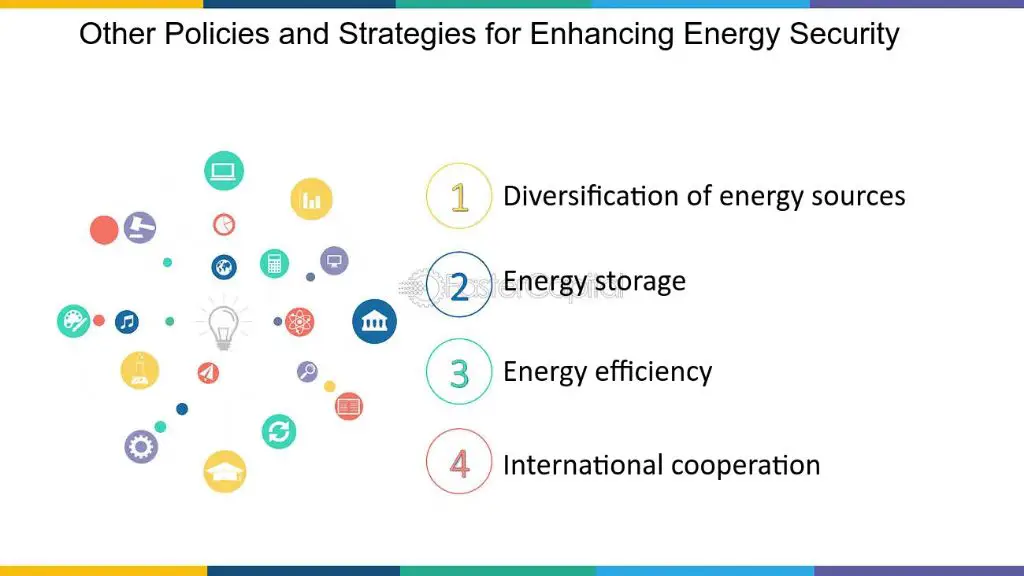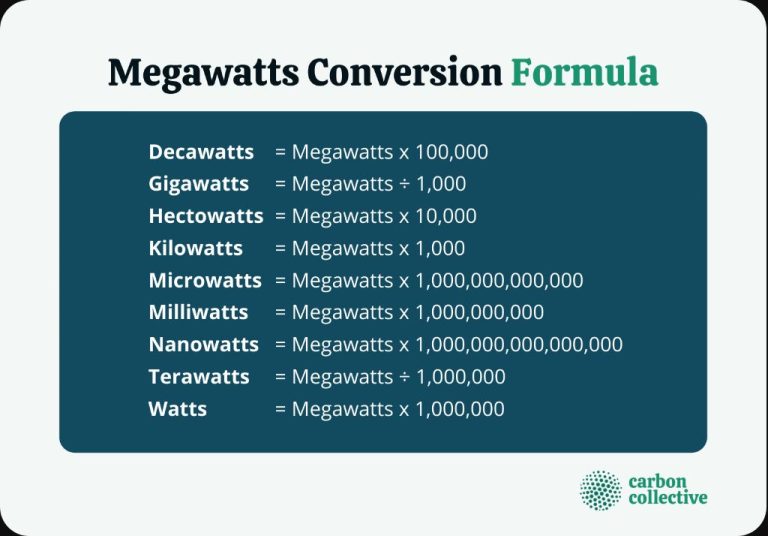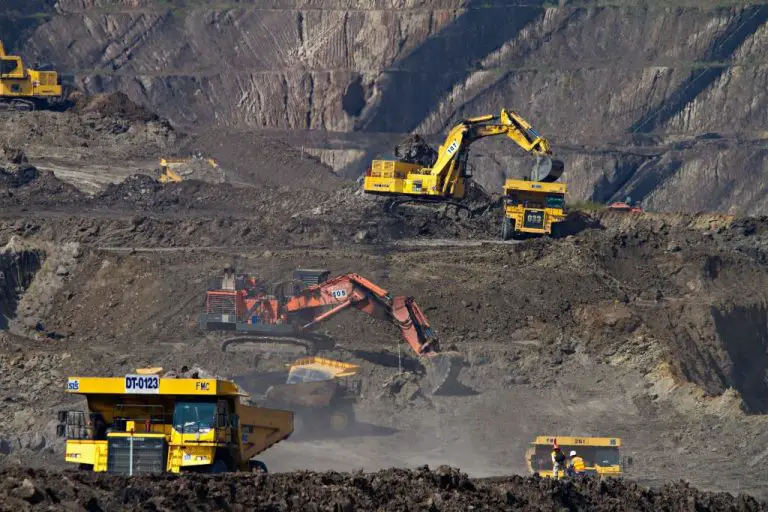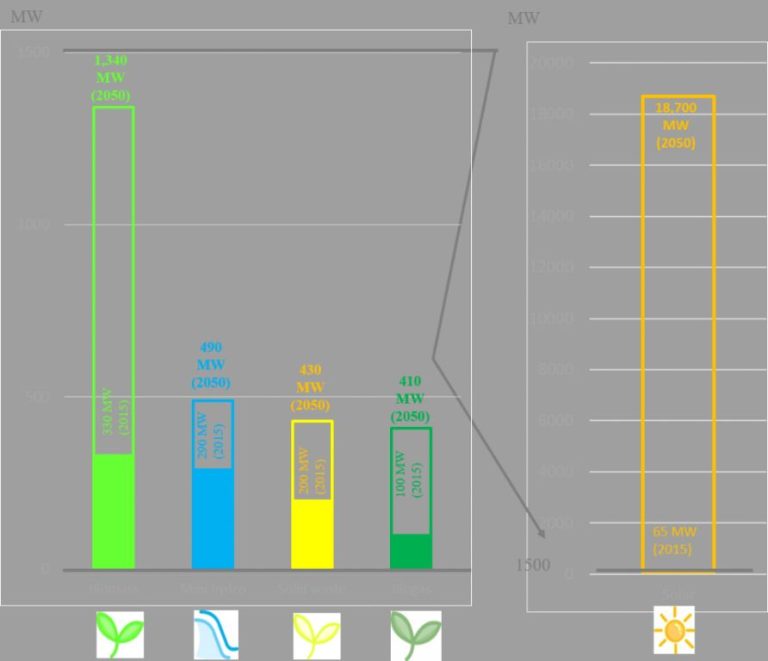What Is Alternate Energy Resource?
Defining alternate energy
Alternate energy refers to renewable and sustainable energy resources that act as alternatives to fossil fuels. These energy sources include solar, wind, geothermal, biomass, and hydroelectric power. Alternate energy resources are renewable meaning they can be replenished within a human lifespan. Fossil fuels such as coal, oil, and natural gas take millions of years to form and cannot be replenished at the rate they are being consumed. Alternate energy resources offer sustainable, cleaner alternatives to power our homes, businesses, and transportation systems while reducing greenhouse gas emissions and our reliance on finite fossil fuel reserves.
Current reliance on fossil fuels
Despite ongoing efforts to transition to renewable energy sources, fossil fuels like oil, coal, and natural gas currently make up over 80% of total primary energy use worldwide. The global economy still depends heavily on these carbon-intensive fuels to meet our energy demands.
The continued dominance of fossil fuels is problematic for several reasons:
- Burning of fossil fuels accounts for over 75% of global greenhouse gas emissions linked to climate change.
- Extracting and transporting fossil fuels causes substantial environmental damage, from oil spills to habitat loss.
- Many countries rely heavily on imported fossil fuels, raising energy security concerns and geopolitical tensions.
Shifting away from fossil fuel dependence is crucial to mitigate climate change risks, reduce environmental impacts, improve public health, and enhance energy security across the globe.
Benefits of Transitioning
Transitioning from conventional fossil fuels to alternate energy resources can provide substantial benefits in three key areas – the environment, economy, and national security.
Environment
Alternate energy like wind, solar and hydro produce little to no global warming emissions or dangerous air pollutants. A full transition could significantly reduce greenhouse gases and pollution that contribute to climate change, acid rain, and health issues like asthma and respiratory illnesses.
Economy
Investing in clean energy creates jobs in manufacturing, installation, and other sectors. It also saves money on energy costs over the long term as prices of fossil fuels increase. Energy efficiency measures further reduce costs. Local energy production also keeps money in the local economy.
Security
Using more alternate energy and less petroleum improves energy independence and national security by reducing reliance on imported fuels from unstable regions of the world. Local renewable sources make the energy system more decentralized and resilient to disruptions.

Challenges facing adoption
The transition to alternate energy faces several key challenges that have slowed widespread adoption. Cost is perhaps the biggest barrier, as building large-scale renewable energy plants and infrastructure requires major upfront capital investment. Even as prices of renewables decline, the sheer scale needed makes cost a persistent issue.
Existing energy infrastructure also poses a challenge. Much of today’s electric grid and distribution systems were built around fossil fuel plants and traditional transmission methods. Adapting these systems requires rethinking grid management and investing in smart grid technologies to handle more decentralized and intermittent power sources.
Energy policy also plays a role. Legacy subsidies and incentives favor fossil fuel industries in many countries. Revising policy frameworks takes time. There is a role for regulation like carbon pricing and clean energy mandates to incentivize the transition, but political and economic concerns often stall meaningful policy reform.
Promising technologies
There are several promising alternate energy technologies that have shown great potential to replace fossil fuels. Three of the most widely adopted and successful are solar, wind and geothermal energy.
Solar
Solar energy harnesses the power of the sun using photovoltaic cells to generate electricity. Solar panels can be installed on rooftops or as large solar farms. The costs of solar panels have dropped dramatically in recent years, making solar one of the most affordable and accessible renewable energy sources today.
Wind
Wind turbines convert the kinetic energy of wind into mechanical power or electricity. Wind farms with rows of giant turbines have sprouted up across plains, coastlines and mountain passes – anywhere with consistently high winds. Wind energy is now one of the cheapest sources of renewable electricity.
Geothermal
Geothermal energy taps into the natural heat from the earth to generate clean power. Technologies like geothermal heating and electricity generation provide constant and stable energy by using high subsurface temperatures. Geothermal energy is not weather dependent, making it a reliable energy solution.
Case studies
Highlight success stories
Costa Rica’s renewable energy
Costa Rica has become a global model for transitioning to renewable energy. In 2015, the country generated 99% of its electricity from renewable sources for 300 consecutive days. Costa Rica’s primary sources of clean energy are hydropower, wind, geothermal and solar. Policies like eliminating fossil fuel subsidies, introducing a carbon tax, and investing in infrastructure enabled this remarkable achievement.
Uruguay’s wind power
Uruguay has vastly expanded wind power to supply most of its electricity needs. Wind accounted for 38% of the country’s total electricity generation in 2019. Uruguay built its first wind farm in 1994 and has grown capacity through competitive bidding processes for generation contracts. Clear regulations and policies attracted substantial private investment in renewable energy projects.
Scotland’s renewables
Scotland generated 90% of its gross electricity consumption from renewables in 2020. Onshore and offshore wind have been major contributors, along with hydroelectric power. The Scottish government set ambitious targets for transitioning to clean energy and introduced incentives like feed-in tariffs to accelerate growth. This enabled Scotland to become a leader in renewable energy adoption.
The road ahead
Many experts project that alternate energy sources like solar, wind, geothermal, and others can contribute significantly to meeting growing global energy demand and achieve deep reductions in greenhouse gas emissions over the next few decades. Approximately $10 trillion in investments may be needed worldwide towards energy infrastructure for this transition to take place.
Cooperation on policy and investments between governments, private sector, and civil society will be crucial for advancing low-carbon technologies. Public-private partnerships could enable models for sharing risks and rewards to build projects in emerging economies. Intergovernmental organizations could also help coordinate strategies for areas like electricity networks, transportation systems, buildings, and manufacturing that maximize sustainability.
With concerted efforts, it may be possible to reach carbon neutrality goals in many countries during this century. The transition brings complex technical and economic considerations, but promises more equitable access to energy alongside environmental benefits for current and future generations.





